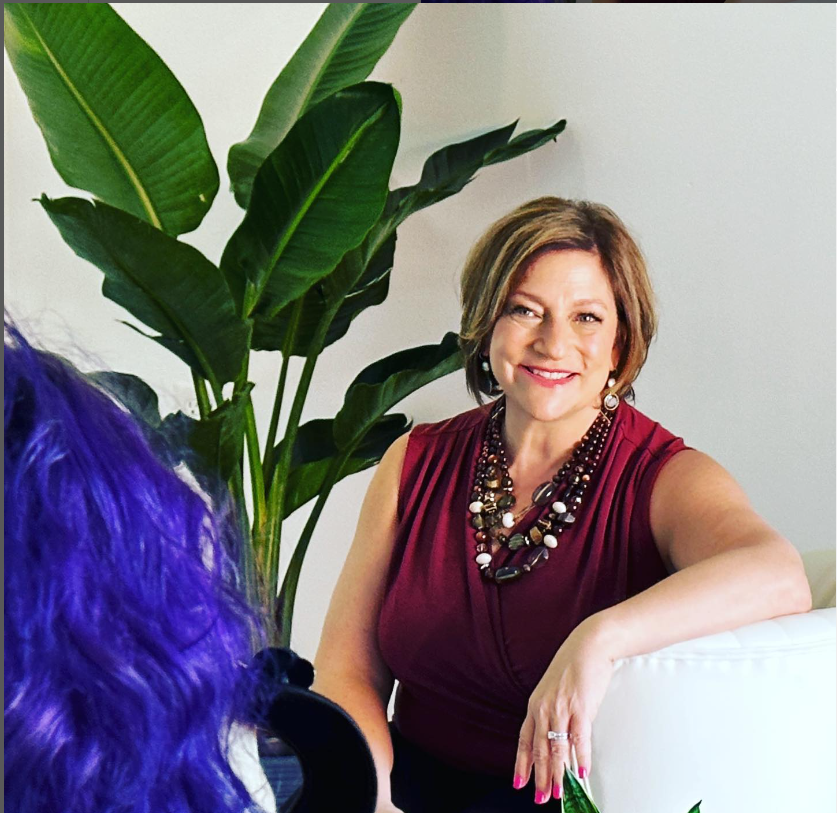Summer is beginning to wind down, but I’m still receiving plenty of “out of office” notifications, and honestly I couldn’t be happier. I’m seeing more people prioritize their time and as a culture, I know we’re shifting to a more fulfilling way to work and live.
It’s because of that shift that I wanted to take a moment to discuss communication and how we can be more intentional about the way we share information. Over the past few weeks I’ve shared ways to create boundaries around your own time and email habits, but today I wanted to give you a few pointers on how you can communicate in a way that allows your team to uphold those same boundaries you’re trying to implement for yourself, while still being productive.
At the end of the day, it’s up to you as the leader to set the standard of how and when you communicate with your team. I’m hoping that these insights will give you some direction when making plans for upcoming projects.
Here are some key takeaways for creating empathetic communication habits:
- The Power of Lean Communication: Get straight to the point in your subject lines, use concise language, and include a clear call to action. This approach not only grabs attention but also shows your commitment to helping others.
- Start with Gratitude: Even if the previous communication wasn’t respectful, take the high road. Thank the other person for any information they provided. This sets a positive tone and fosters better results.
- Clear Call to Action: Make it easy for others to respond and help you. Specify what you need, offer assistance, and set up a meeting to walk them through the details.
- Respect Others’ Time: Keep emails short and to the point, with no more than five sentences. Include attachments for additional details and close with a respectful salutation.
By following this framework, you’ll not only be seen as an empathetic leader but also enjoy higher response rates. I encourage you to try these tips and see the difference they make.
If you are aspiring to the C-Suite, and tired of the hustle, are you ready to change how you work and implement these tips?
If you are a business owner or C-Suite leader, are you ready to invest in your people and help them be successful? Their success is your success!
Now is the time for you to collect your thoughts and take action. I want you to succeed and this framework can enable you to do it yourself.
However, if you need more help, I’m here for you as the Drop In CEO, CEO whisperer or as a sounding board.
To hear more about my story about framework, please tune into my podcast that is releasing this Friday 7/28/23.
Maybe you simply need a support system to apply these new insights. I find leaders need a place to talk through the challenges and that’s why I created The Drop In CEO Collective, a forum for C-Suite leaders of today and tomorrow. To learn more about our next event you can visit our page and register.
Would you rather have a quick 1-2-1 to discuss your specific challenge? Could The Drop In CEO be your support system? Direct Message me on LI or contact me via my website and let’s have a conversation. Until then, I wish you much success.










